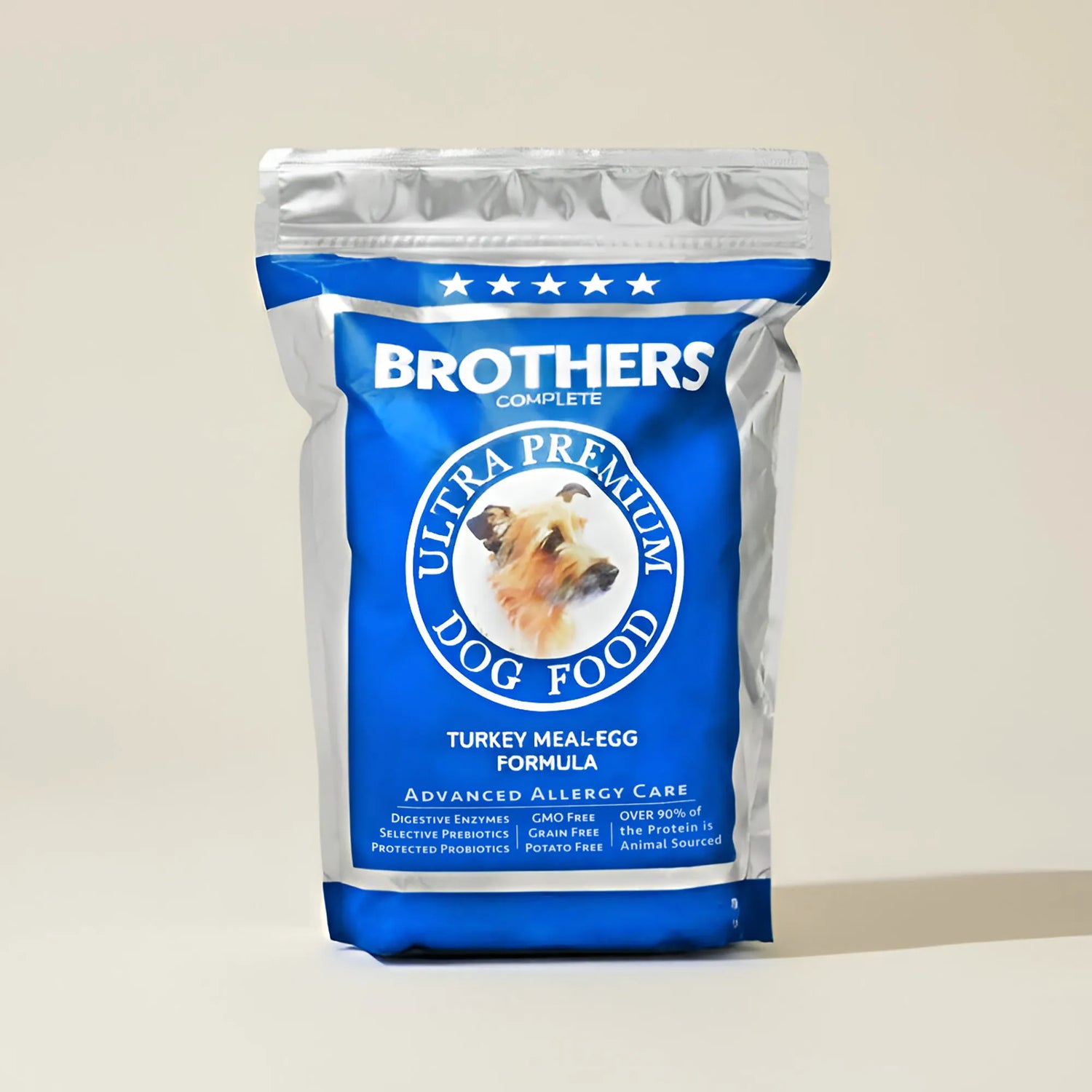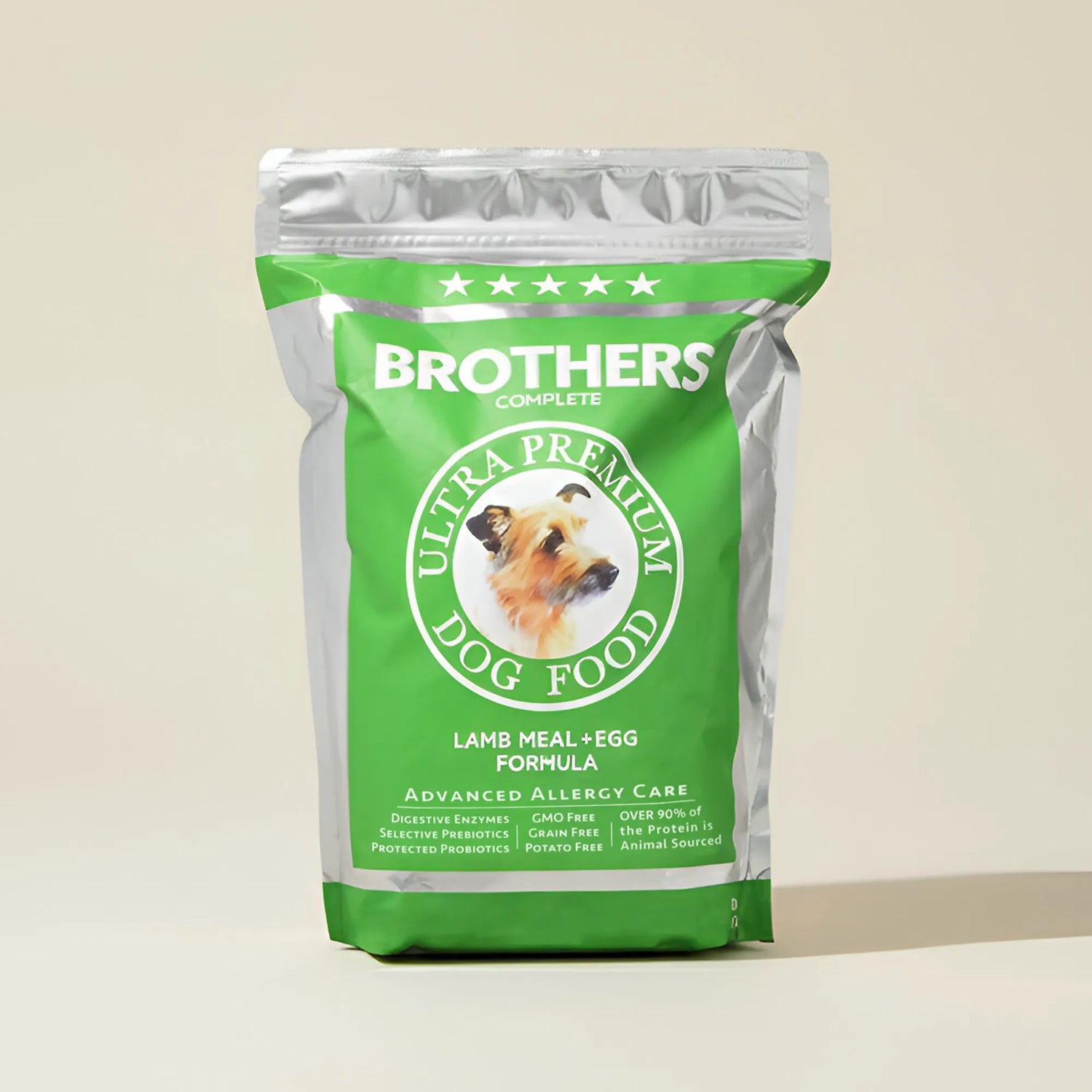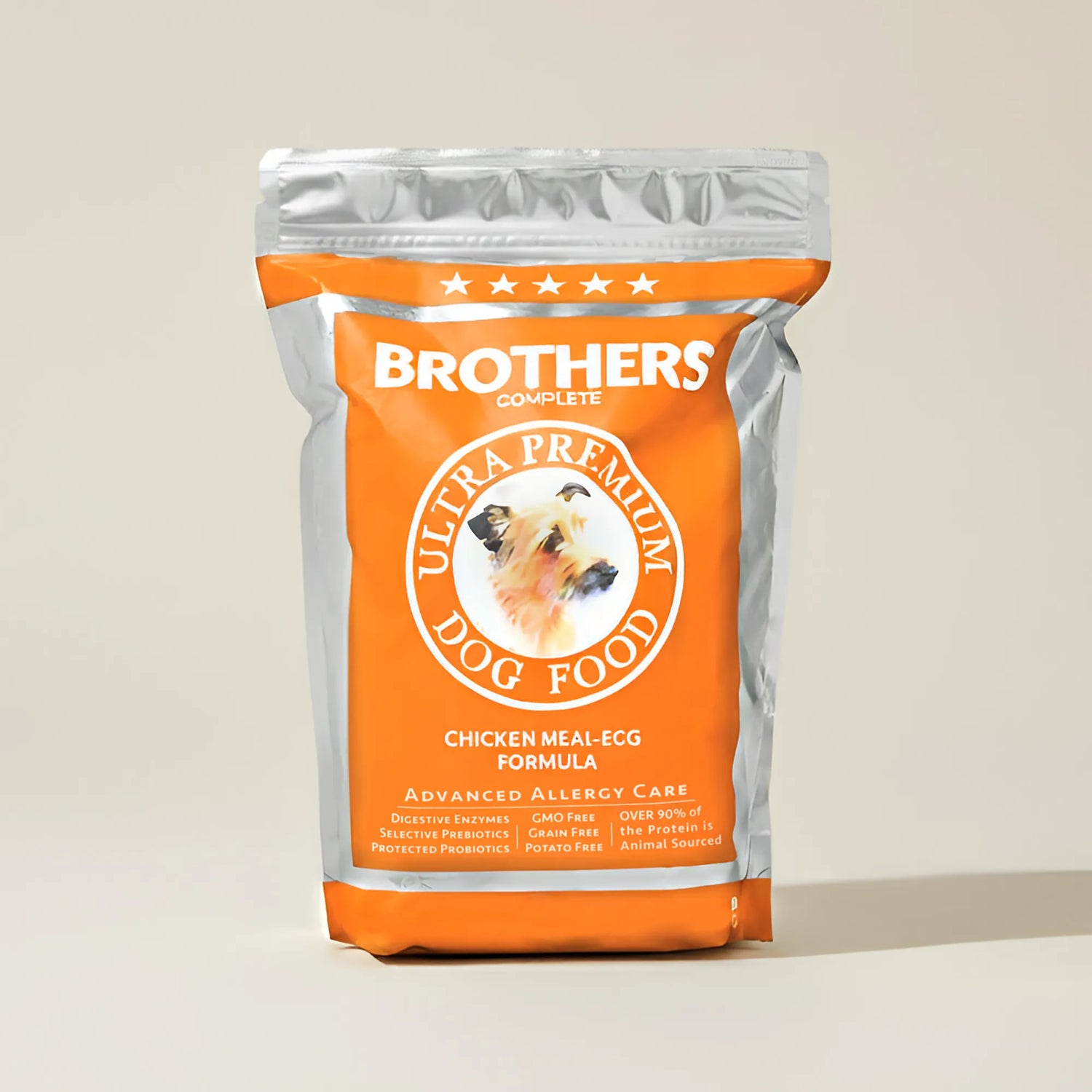
Why So Many Dogs Are Overweight — And How to Fix This
Summary:
More than half of all dogs in the U.S. are overweight or obese — and most of their parents don’t realize it. The real problem? It’s not just overfeeding. It’s what we’re feeding. In this post, we’ll break down the common-sense causes of dog obesity, how ingredients like high-glycemic carbs and poor macros contribute, and what to do if you want your dog to live a longer, leaner, healthier life.
The Hard Truth: Dog Obesity Is the New Normal
According to the AKC, over 50% of dogs in America are overweight — and many pet parents don’t even realize it. A little extra fluff might seem harmless, but the long-term effects are serious.
AAHA reports that obesity in dogs can lead to:
- Shortened lifespan
- Joint strain and arthritis
- Diabetes and metabolic issues
- Skin conditions
- Reduced quality of life
Still, this isn’t about shame. It’s about clarity — and a better way forward.
How Do Dogs Get Overweight?
Most people assume the answer is simple: too much food. But as the NIH and Schwarzman AMC explain, the real issue is more layered than that.
Let’s break it down:
The Wrong Calories
- Most commercial kibble is loaded with high-carb fillers — rice, potatoes, and wheat
- These ingredients spike blood sugar and feed fat storage
- Many “diet” formulas are still 40–50% carbs
Poor Macronutrient Balance
- Too little protein = muscle loss
- Too many carbs = fat gain
- Too little fat = nutrient deficiency
- It’s not just “how much” food we’re feeding — it’s what.
Misleading Feeding Guidelines
- Most serving sizes on dog food bags are based on overestimates
- The actual energy your dog needs may be 20–30% less
- If your dog is sedentary or neutered, adjust accordingly
How to Tell if Your Dog Is Overweight
You don’t need a scale to spot the signs. Ask yourself:
- Can I feel my dog’s ribs easily, without pressing hard?
- Is there a visible waist when viewed from above?
- Does their belly tuck up behind the ribs?
- Do they tire easily or avoid movement?
- Is their appetite constant — or never satisfied?
If you’re unsure, ask your vet for a body condition score (BCS) — or compare against a canine body chart.
Why “Low Fat” and “Low Calorie” Dog Food Doesn’t Always Work
Just like in human nutrition, diet dog food can fail if the quality is low.
Many low-fat dog foods:
- Use cheap ingredients to hit calorie targets
- Drop fat, but don’t increase digestible protein
- Replace meat with starch and filler
- Ignore gut health altogether
This can lead to:
- Muscle loss
- Hunger and begging
- Slow metabolism
- Chronic digestive issues
To lose weight safely, your dog needs nourishment, not starvation.
The Role of Carbohydrates in Dog Obesity
One of the most overlooked contributors to dog obesity is excess carbohydrates, and pet parents are rightfully skeptical. So, are carbs bad for dogs?
The answer: Dogs can digest carbohydrates, but they don’t need a lot — and they especially don’t need high-glycemic, heavily processed ones.
According to VCA, carbs should be used purposefully, not as filler.
At Brothers, we use only low-glycemic, minimally processed carbs — like cassava and sweet potato — in small amounts, to provide clean energy without inflammation.
Macros Matter: What’s in the Bowl Is Just as Important as How Much
If you’re serious about feeding for health, not just “weight loss,” it’s time to look at your dog’s macros — protein, fat, and carbohydrate ratios.
The healthiest dog food for weight management should offer:
- High animal-sourced protein (for muscle maintenance)
- Moderate, digestible fat (for energy and nutrient transport)
- Low-glycemic carbs only
- Prebiotics and probiotics (to support digestion and metabolism)
No empty calories. No sugar bombs. No overfeeding just to feel full.
What Brothers Does Differently
We don’t make “diet food.” We make smart food.
Every Brothers Complete recipe is built for:
- Lean muscle retention
- Healthy energy without sugar crashes
- Digestive efficiency with added enzymes + probiotics
- Feeding less volume with more impact
The result? Dogs feel full, burn energy efficiently, and return to a natural, healthy weight — without stress, starvation, or side effects.
Final Thoughts: This Isn’t About Perfection — It’s About Paying Attention
Your dog doesn’t need to go on a crash diet. They need food that works with their body — not against it. That starts with:
- Real protein
- Smart portions
- Clean carbs
- Gut support
- And a little common sense
When you feed with intention, the weight comes off — and the vitality comes back.
Sources
- AKC American Kennel Club: https://www.akc.org/expert-advice/nutrition/how-much-should-i-feed-my-dog/
- AAHA American Animal Hospital Association: https://www.aaha.org/resources/5-ways-to-know-how-much-to-feed-your-pet/
- AMC Schwarzman Animal Medical Center: https://www.amcny.org/blog/2012/01/09/the-importance-of-portion-control-for-pets/
- NIH National Library of Medicine: https://pmc.ncbi.nlm.nih.gov/articles/PMC6488012/







